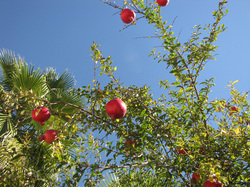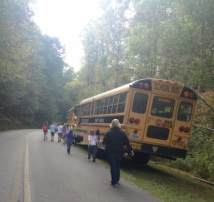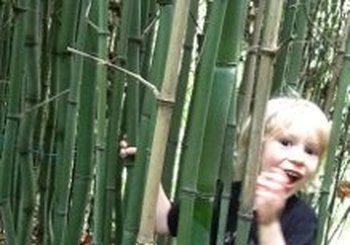It was brought to my attention that the application link for Grow Appalachia is currently not working. Until we get it back up you can download the two main papers to fill out here. You can bring those in or mail to office at 50 Lair St., Mt. Vernon, Ky 40456. You can also email them to [email protected] or [email protected].
| 2014ga_application.docx |
| grow_appalachia_2014_participant_needs.doc |



 RSS Feed
RSS Feed